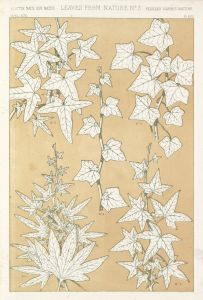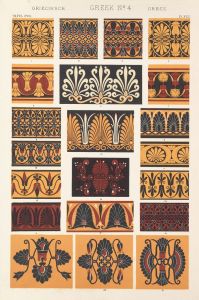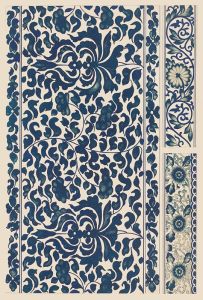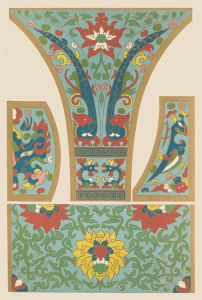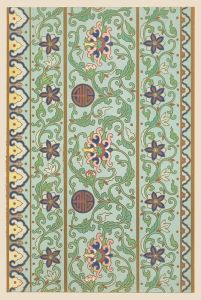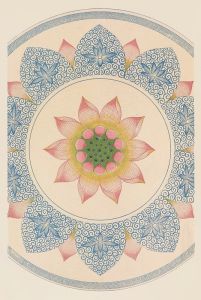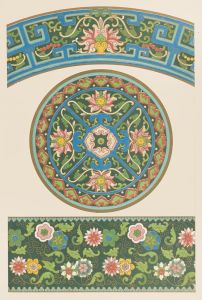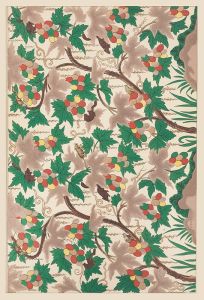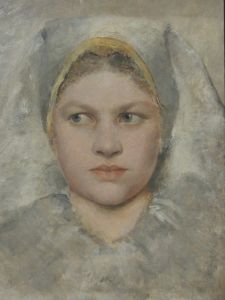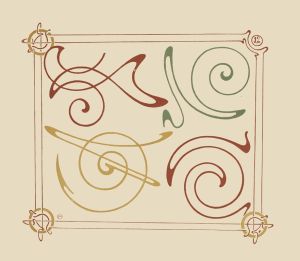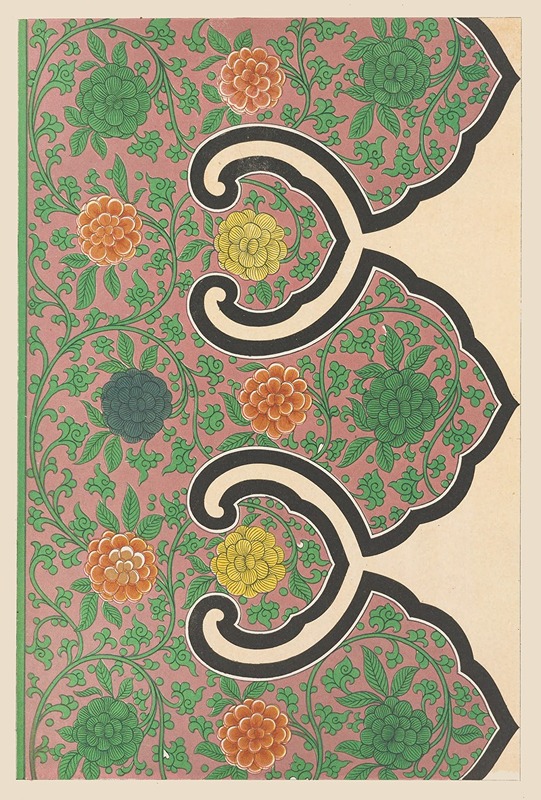
Examples of Chinese ornament, Pl.13
A hand-painted replica of Owen Jones’s masterpiece Examples of Chinese ornament, Pl.13, meticulously crafted by professional artists to capture the true essence of the original. Each piece is created with museum-quality canvas and rare mineral pigments, carefully painted by experienced artists with delicate brushstrokes and rich, layered colors to perfectly recreate the texture of the original artwork. Unlike machine-printed reproductions, this hand-painted version brings the painting to life, infused with the artist’s emotions and skill in every stroke. Whether for personal collection or home decoration, it instantly elevates the artistic atmosphere of any space.
"Examples of Chinese Ornament, Pl.13" is a plate from the influential design book The Grammar of Ornament, authored by Owen Jones and first published in 1856. Owen Jones (1809–1874) was a British architect and designer known for his contributions to design theory and his efforts to document and promote the decorative arts of various cultures. His work aimed to provide a comprehensive visual reference for designers and artists, showcasing patterns and motifs from around the world.
Plate 13 specifically focuses on Chinese ornamentation, presenting a selection of decorative designs inspired by traditional Chinese art and architecture. The illustrations in this plate are characterized by their vibrant colors, intricate patterns, and symmetrical arrangements, which reflect the aesthetic principles commonly found in Chinese decorative arts. These include the use of geometric shapes, floral motifs, and stylized representations of natural elements, all of which were integral to Chinese design traditions.
Jones's depiction of Chinese ornamentation was based on his study of artifacts, textiles, ceramics, and other decorative objects that were available in Europe during the 19th century. His work was part of a broader movement in Victorian Britain to study and incorporate non-Western art forms into contemporary design practices. By including Chinese ornament in The Grammar of Ornament, Jones highlighted the sophistication and artistic value of Chinese design, encouraging its appreciation and application in Western decorative arts.
The plate is notable for its adherence to Jones's design principles, particularly his emphasis on the use of color and abstraction. He believed that ornamentation should be derived from nature but not imitate it directly, a concept that is evident in the stylized and idealized forms presented in this plate. The designs are rendered in a flat, two-dimensional style, which was a deliberate choice to emphasize their decorative function rather than their representational accuracy.
The Grammar of Ornament was widely regarded as a seminal work in the field of design, influencing generations of artists, architects, and designers. Plate 13, along with the other plates in the book, served as a resource for understanding and appreciating the diversity of global decorative traditions, including those of China. The book remains an important historical document, reflecting 19th-century perspectives on art and design while preserving visual records of cultural heritage.





